ISS number on a fake ID
Introduction
In today’s increasingly digital and security-conscious world, the market for fake identification cards continues to thrive, with growing demand among various demographics. Whether it’s for accessing age-restricted venues or avoiding surveillance, fake IDs offer a solution to bypass traditional identification checks. Among the many features that help make a fake ID look genuine, the ISS number is one of the most critical yet often misunderstood elements.
This article takes an in-depth look at the ISS number—what it is, how it works, and why it matters when crafting a high-quality fake ID. In addition to explaining the significance of the ISS number, we will explore the broader market trends, audience demographics, and key considerations for choosing a fake ID with an authentic-looking ISS number.
1. Understanding the ISS Number on a Fake ID
1.1 What Is an ISS Number?
The ISS number, also known as the Issue Number, is a unique identifier found on most government-issued IDs, including driver’s licenses and national identity cards. It is an indication of when the document was issued and is typically used by authorities to track the card’s authenticity and validity. Each time an ID is renewed or reissued, the ISS number is updated to reflect the new issuance.
1.2 Why Is the ISS Number Important?
In the realm of fake IDs, the ISS number plays a crucial role in lending credibility to the document. Law enforcement and other entities that verify IDs often look for this number to check the issuance date and compare it with other details on the card, such as the date of birth or expiration date. A fake ID without an accurate ISS number could immediately raise red flags during a verification process, leading to suspicion or confiscation.
In essence, the ISS number on a fake ID must match the expected format and align with real-world issuance practices to avoid detection. Thus, understanding the nuances of how the ISS number works and ensuring its correct placement and formatting are critical in the production of a convincing fake ID.
1.3 Common ISS Number Formats
The format of the ISS number can vary depending on the type of ID and the issuing authority. For example, on a driver’s license, the ISS number may be a date code, while on other IDs, it might be a serial number or a combination of numbers and letters. When designing or purchasing a fake ID, it is important to ensure that the ISS number format corresponds with the real ID's jurisdiction or country of origin to avoid suspicion.
2. Key Features of a High-Quality Fake ID
2.1 Material and Build
High-quality fake IDs are crafted to replicate the material used in real IDs. For example, many government-issued IDs are made from polycarbonate or PVC, which makes them durable and tamper-resistant. A well-made fake ID will mimic this construction, using similar materials to avoid detection under close scrutiny.
2.2 Holograms and Watermarks
One of the most recognizable security features on real IDs is the use of holograms and watermarks. These features are difficult to replicate and are often used by authorities to ensure the card’s authenticity. To pass basic security checks, a fake ID should include realistic holograms, preferably embedded within the card, rather than printed on top of it.
2.3 Magnetic Stripes and Barcodes
Many modern IDs, particularly driver’s licenses, include magnetic stripes or 2D barcodes that store personal information about the cardholder. Some fake ID manufacturers include these elements, which can be swiped or scanned in a machine. However, ensuring that the information encoded in these features matches the printed details on the ID is crucial for passing more sophisticated verification processes.
2.4 The Role of the ISS Number in Authenticity
Among the above features, the ISS number stands out as a subtle but essential aspect of authenticity. It must be accurate, correctly formatted, and in line with real-world issuance standards. If someone attempts to scan or closely examine the ID, an incorrect or missing ISS number will often be the first sign of forgery.
3. Market Analysis: The Growing Demand for Fake IDs
3.1 The Evolution of Fake IDs
The fake ID market has evolved significantly over the years. While older models of fake IDs were often easy to spot, technological advances have allowed manufacturers to produce more realistic and convincing replicas. Today, fake IDs can mimic almost every aspect of a genuine ID, from holograms and barcodes to the delicate ISS number. This has fueled the growth of the market, as potential customers seek out high-quality fake IDs that can pass more sophisticated security checks.
3.2 Target Audience for Fake IDs
Fake IDs are used by a variety of individuals for different reasons, ranging from students attempting to purchase alcohol or gain access to clubs to adults seeking anonymity in various activities. The primary audience typically includes:
- University students: One of the largest markets for fake IDs, college students often use these cards to bypass age restrictions.
- Travelers and expatriates: In some cases, individuals moving to new countries may use fake IDs to circumvent local identification requirements before they can obtain a legitimate one.
- Individuals seeking privacy: Some users of fake IDs simply wish to avoid governmental tracking and surveillance.
3.3 Geographic Hotspots for Fake ID Demand
The demand for fake IDs varies by region, with significant markets in countries where age-restricted activities, such as alcohol consumption, are highly regulated. Countries with stringent ID laws, such as the United States, have a thriving market for fake IDs. Other countries with heavy surveillance or restrictive identification policies may also see higher demand for fake IDs.
4. Customization and Personalization of Fake IDs
4.1 Personalized Information
A key selling point for high-quality fake IDs is their ability to be customized with the buyer’s personal information. Customers can choose details such as name, address, and date of birth, ensuring that the fake ID is a close match to their actual identity. This minimizes the risk of getting caught if someone scrutinizes the ID.
4.2 Regional Customization
Since different regions have distinct ID formats, fake ID manufacturers often offer customization options based on the state, country, or specific ID type. For instance, a fake ID designed to mimic a driver’s license from California will feature different holograms, barcodes, and ISS number formats than one from New York.
4.3 Security Features Replication
To meet the growing demand for better quality and realism, manufacturers now offer extensive replication of security features like watermarks, UV elements, and laser-engraved details. These features are difficult to replicate but essential for fooling visual inspections, and the ISS number plays a role in ensuring the overall believability of the ID.
5. Risks and Legal Implications of Using Fake IDs
5.1 Legal Consequences
While fake IDs may provide temporary access to restricted activities, the legal risks of using one are significant. In many jurisdictions, possessing or using a fake ID is a criminal offense that can lead to heavy fines, imprisonment, or both. In the United States, for instance, penalties can vary by state, but serious consequences often accompany being caught with a fake ID.
5.2 Impact on Employment and Education
Getting caught with a fake ID can also impact an individual’s long-term opportunities. In some cases, students caught using fake IDs have faced academic suspension or expulsion. For adults, a criminal record associated with the use of a fake ID can hinder job prospects, particularly in industries requiring background checks.
5.3 Risk of Identity Theft
Using a fake ID exposes the individual to the risk of identity theft, especially when purchasing one from an untrustworthy source. Some fraudulent ID vendors collect sensitive personal information from customers and use it for nefarious purposes.
Conclusion
The ISS number on a fake ID may seem like a small detail, but it is a critical component in ensuring the card’s authenticity and avoiding detection. As the fake ID market continues to evolve, manufacturers are paying increasing attention to elements like the ISS number, along with holograms, barcodes, and other security features. However, potential users must be aware of the risks involved, including the legal consequences and the possibility of identity theft.
The fake ID market is driven by demand from various demographics, with increasing attention to customization and regional specificity. While high-quality fake IDs can offer a passable solution for some, they come with significant risks that should not be taken lightly. Understanding the ISS number's role and its broader context in the production of fake IDs can help consumers make more informed decisions.
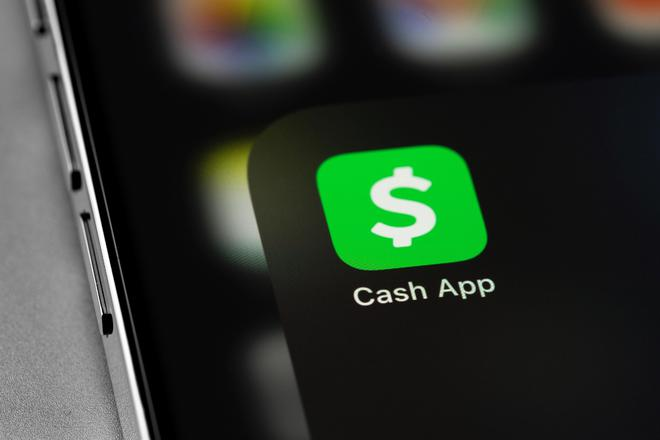 novelty ID
novelty ID
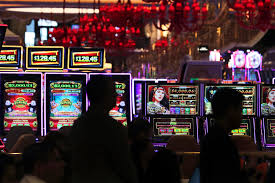 buy fake ID
buy fake ID
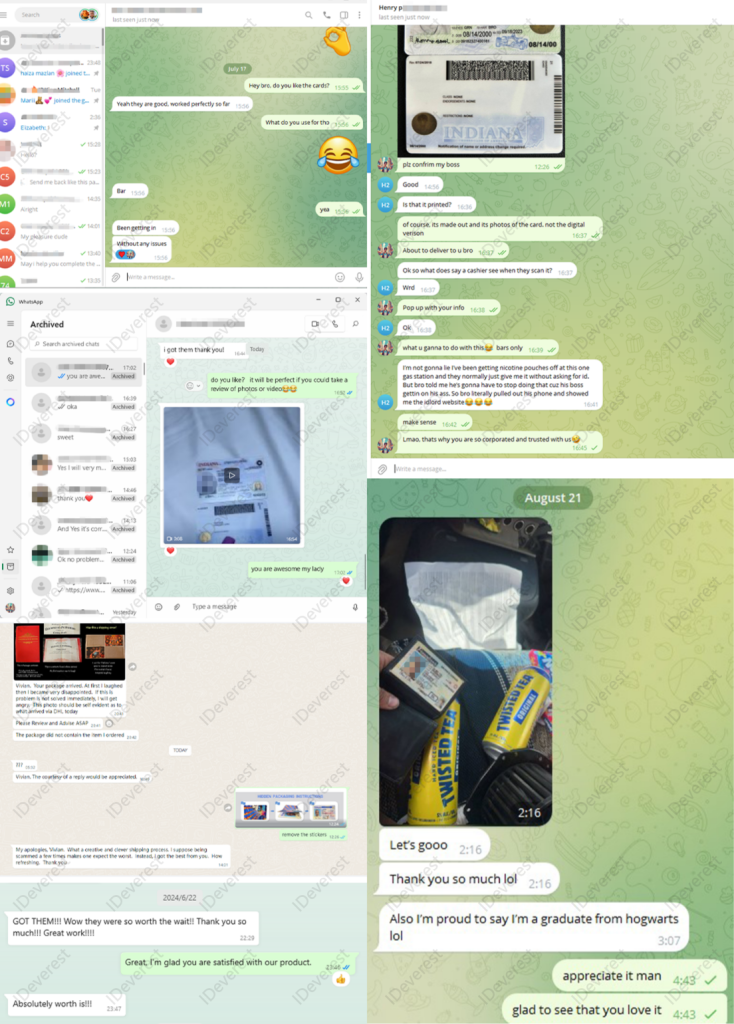 digital ID creation
digital ID creation
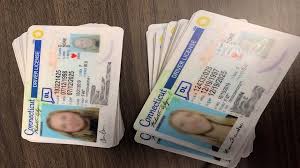 ID benefits
ID benefits
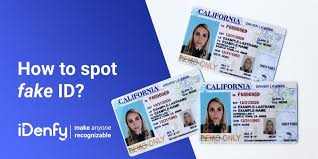 realistic Florida ID
realistic Florida ID
 Iowa state ID
Iowa state ID
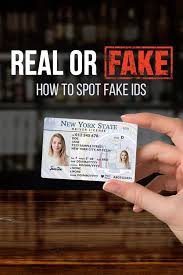 ID photo tool
ID photo tool

